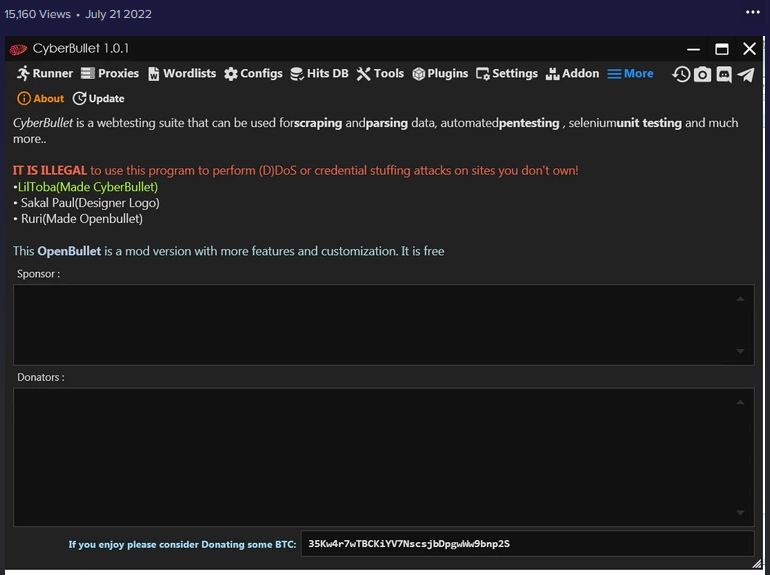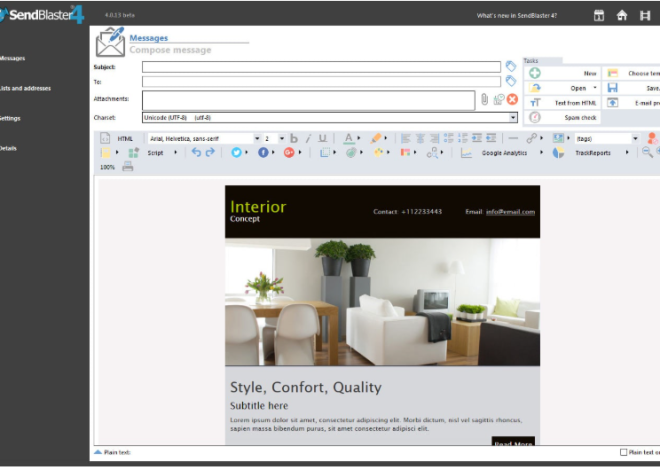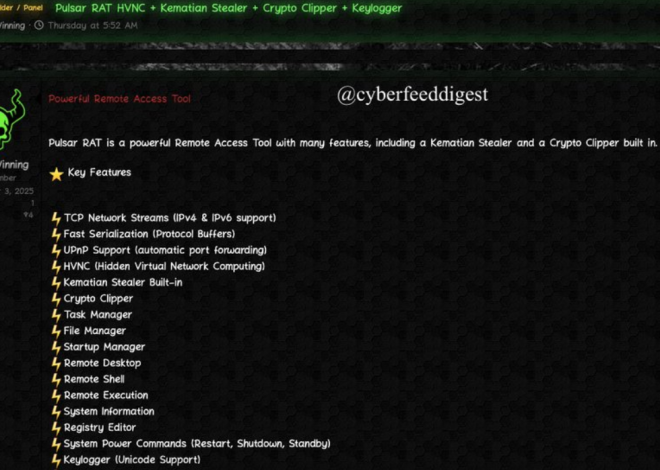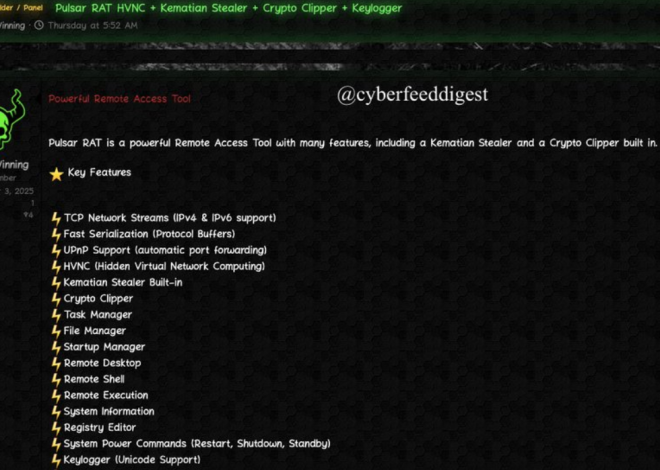
CyberBullet V1.0.1
The cybersecurity threat landscape in 2024 has witnessed the rise of increasingly sophisticated attack tools that combine automation, evasion techniques, and modular exploit capabilities. Among these, a new generation of multi-purpose attack platforms has emerged, enabling cybercriminals to conduct complex campaigns with unprecedented efficiency. CyberBullet V1.0.1 has become particularly dangerous due to its ability to adapt to different target environments, bypass modern security controls, and chain together multiple attack vectors. Their role in modern cyberattacks has expanded from simple automated exploitation to serving as full-featured attack platforms that support everything from initial reconnaissance to post-compromise activities, making them favored tools for both financially motivated criminals and advanced threat actors.
Download Link 1
Download Link 2
Download Link 3
Download Link 4
This advanced attack platform is a modular framework designed for conducting sophisticated cyber operations against various target types. It combines credential testing, vulnerability exploitation, and post-compromise activities into a unified workflow with automated decision-making capabilities. The software is primarily used for large-scale credential stuffing attacks, automated vulnerability exploitation, and maintaining persistent access to compromised systems. Its flexible architecture allows attackers to customize attack chains based on target characteristics, while its evasion capabilities help avoid detection by standard security solutions. The platform’s effectiveness stems from its ability to analyze target responses in real-time and dynamically adjust attack strategies accordingly.

Key Features
| Feature | Description |
| Adaptive Attack Engine | Dynamically switches between attack vectors based on target responses |
| Credential Stuffing Suite | Supports 50+ protocols and web authentication methods |
| Exploit Chaining | Automatically sequences vulnerabilities for maximum impact |
| Polymorphic Payloads | Generates unique malware variants for each target |
| Cloud-based C2 | Uses a decentralized command and control infrastructure |
| AI-powered Evasion | Learns from security responses to improve stealth |
| Session Hijacking | Maintains access through stolen authentication tokens |
| Automated Lateral Movement | Identifies and exploits pathways through networks |
How CyberBullet V1.0.1 Works
- Target Identification and Profiling
- Accepts input as IP ranges, domain lists, or specific service identifiers
- Conducts automated reconnaissance to fingerprint:
- Operating systems and service versions
- Web application frameworks
- Authentication mechanisms
- Builds a customized attack profile for each target
- Intelligent Attack Sequencing
- Begins with non-intrusive checks to avoid detection
- Progresses through attack stages based on gathered intelligence:
- Credential stuffing attempts
- Common vulnerability probes
- Advanced exploit attempts
- Dynamically adjusts based on target responses and defenses
- Credential Testing Module
- Tests credentials against multiple services simultaneously:
- Web applications (HTTP/HTTPS forms)
- Database services (MySQL, MSSQL)
- Remote access protocols (RDP, SSH)
- Uses contextual awareness to:
- Avoid account lockouts
- Bypass basic CAPTCHAs
- Handle multi-step authentication flows
- Vulnerability Exploitation
- Deploys exploits based on detected vulnerabilities:
- Web application flaws (SQLi, XSS, RCE)
- Service-specific vulnerabilities (CVEs)
- Configuration weaknesses
- Automatically chains vulnerabilities when possible
- Deploys appropriate payloads based on the compromised system
- Post-Exploitation Framework
- Establishes persistent access through:
- Web shells on compromised servers
- Scheduled tasks on endpoints
- Registry modifications on Windows systems
- Conducts automated privilege escalation
- Performs network reconnaissance for lateral movement
- Payload Delivery and Evasion
- Uses multiple techniques to avoid detection:
- Polymorphic code generation
- Legitimate process injection
- Living-off-the-land binaries
- Distributes payloads through:
- Compromised update mechanisms
- Weaponized documents
- Trusted third-party services
- Command and Control
- Implements resilient communication channels:
- Domain fronting
- Encrypted DNS tunneling
- Decentralized cloud infrastructure
- Maintains multiple fallback mechanisms
- Implements traffic shaping to blend with normal network activity


